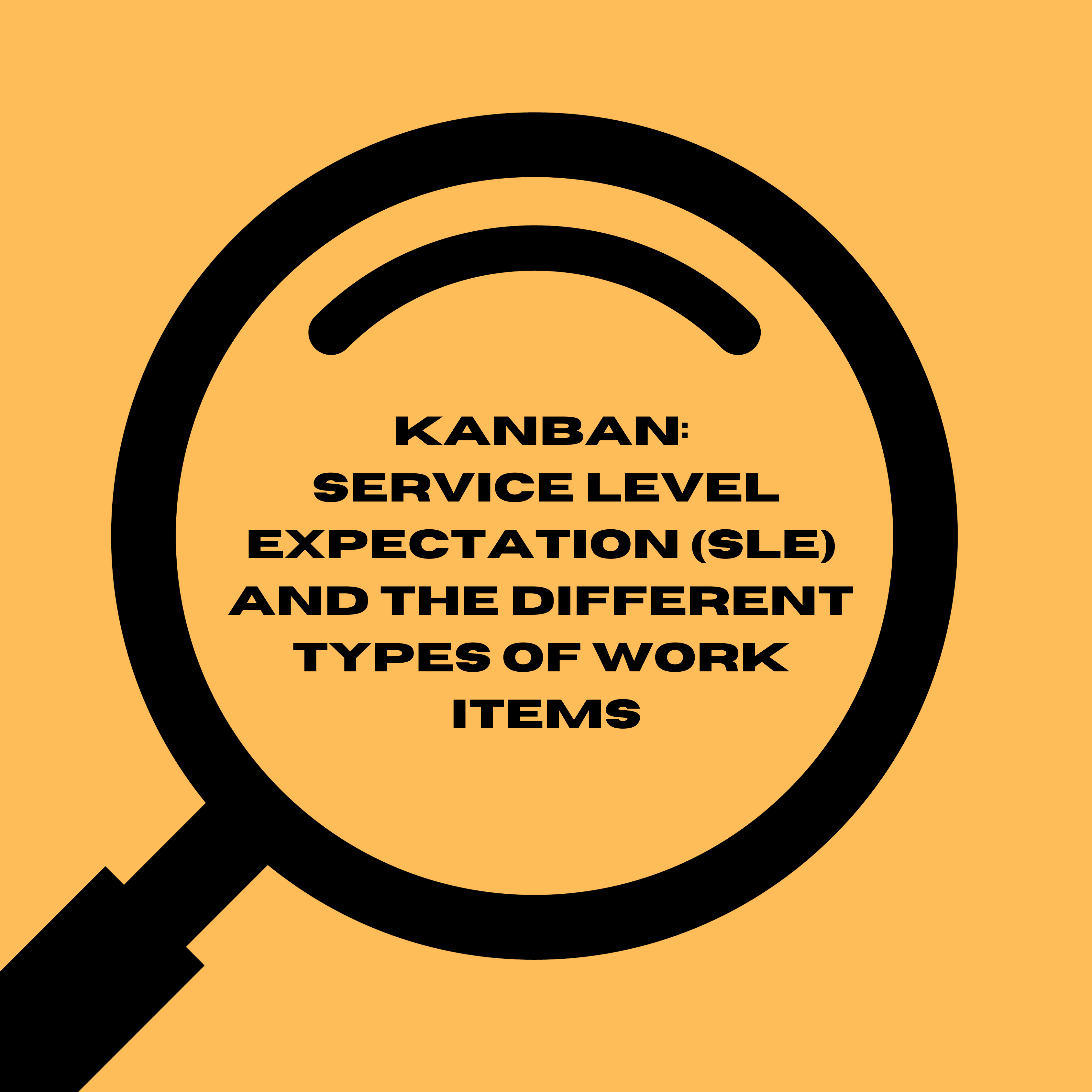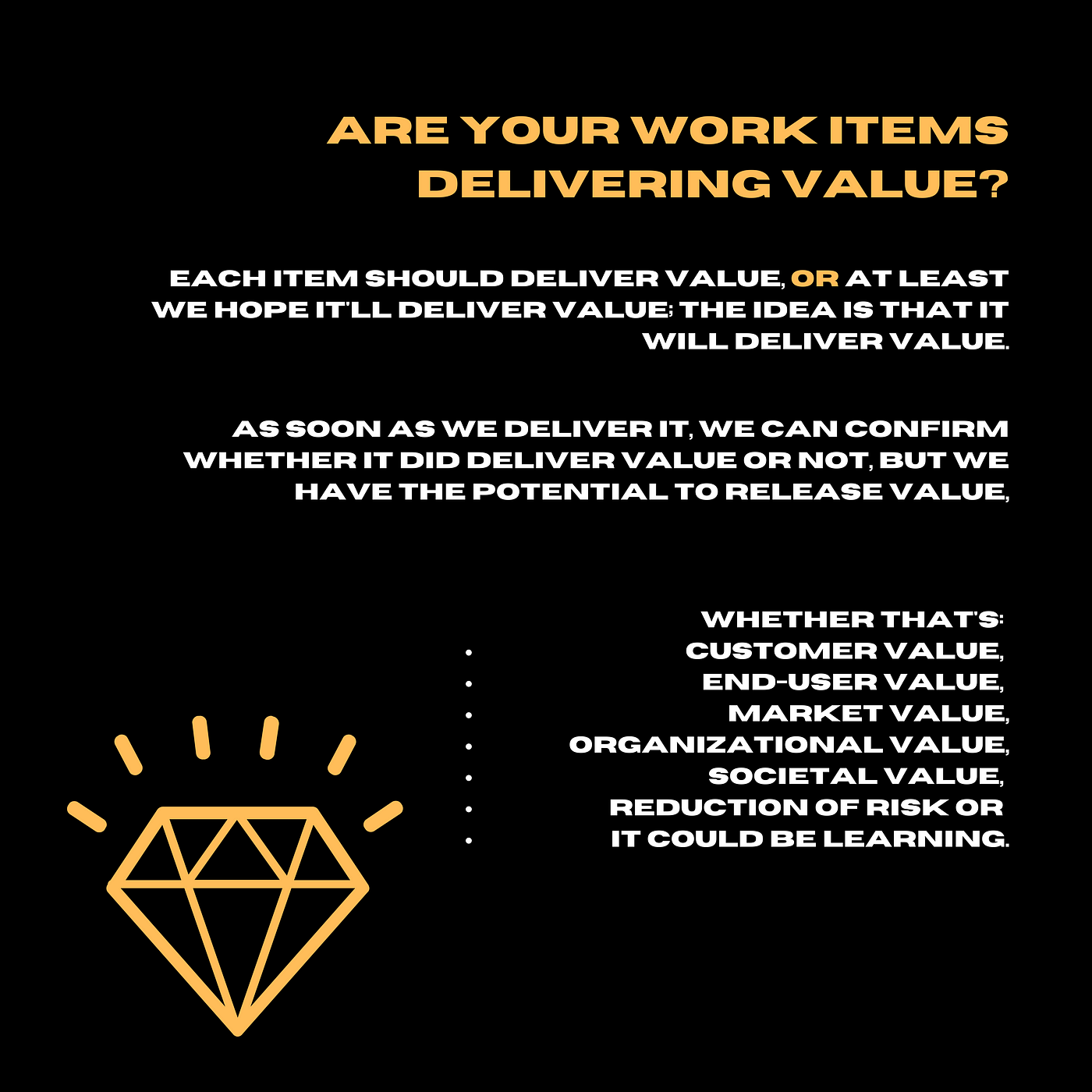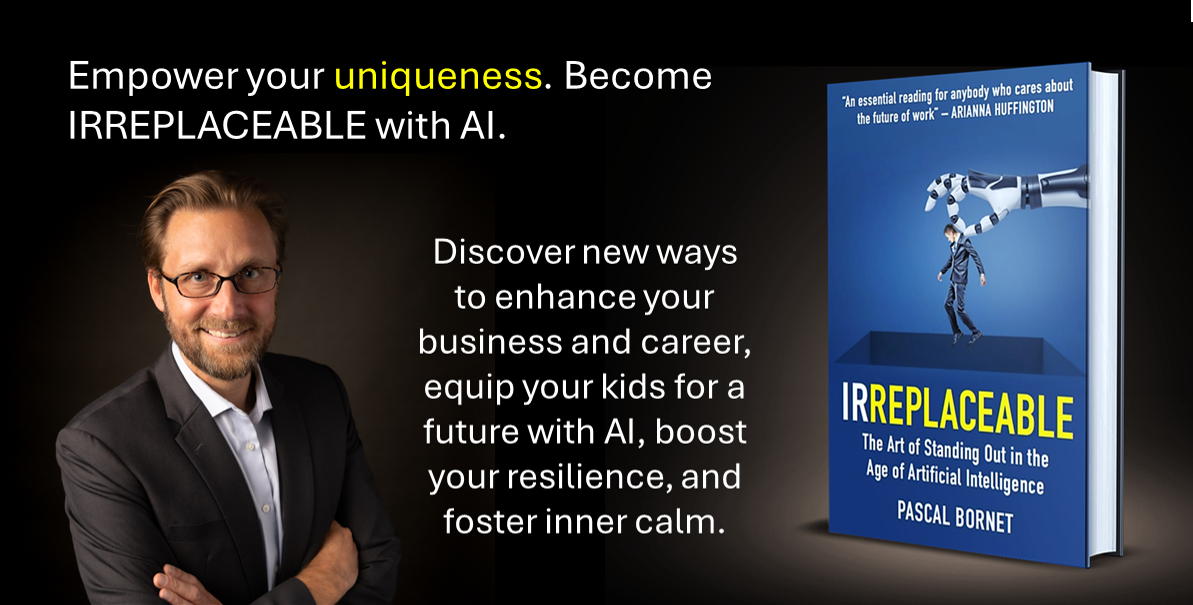But if cash is coming back in, I guess that’s clear, you could count that. But will it be clear actually that the extra cash that’s come in is because of your team? This is one of the things I like with the logic model, you’ve got inputs, budget, people, customer needs, things like that.




You got activities, all the things we do to deliver the work and then outputs, we actually delivered something that you can release and then you release it and you get some feedback and you hopefully get some outcome out that, but impact is much bigger than us normally. And it’s profit of the company, for example.
So unless you’re a startup or something like that, how do you know actually that the improved cash position helped that. Sometimes the accounting people are very good and they can tell, particularly if you’re looking at organizational value or maybe the cost of not doing something you can see on the bottom line already the difference that we made particularly if you reduce costs but the question I was asked was how do I measure value for a major IT infrastructure piece of work? And the person who asked the question won’t like the answer unless you’re releasing something in chunks along the way, you don’t have any value, zero nada, nothing. And if that time period, is quite long, say 18 months, you’re in a pretty precarious situation because what’s probably going to happen now is people aren’t really going to measure value anymore. They’ll be looking for some proxies. And typically what I see is they’re looking at story points.
Some other kind of proxy measure and sometimes there is story point bingo. So it’s not even an output measure to done it’s like, activity, cuz they’re just playing games with claiming velocity at the end of a sprint. And so then people conflate effort considering complexity and risk with value, which is that we’ve made a difference to the organization, to the world to ourselves, or we’ve learned something more about all of these, if you don’t release, if you don’t have people and even if you do release, if you don’t have people giving feedback about whether we’ve made a difference or not, you don’t have any value. And you’re probably following more a Waterfall profile, which would be where there’s basically no value whatsoever. No value whatsoever. And then we get towards the end and then whew. And I’m actually being optimistic here because I’m assuming that with the Waterfall, that you deliver the same value as the agile guys. But if you think about it with a traditional approach, the best thing you can hope for is what the people asked for.
That’s the best you can hope for and it’s usually not that because the different levels of translation that go on in between and so on. The best you can hope for, with some kind of an agile approach, you could do this with Kanban as well. The best you can hope with an agile approach is something much better than you originally thought of.
And I love what Rich Hundhousen says . He’s one of my peers in scrum.org, he says the sprint review is where the customer gets to see what she asks for, but doesn’t want. You get it? So you go on for a long time. You can use whatever frameworks you want. There’s lots of nice frameworks out there.
Evidence based management for example is really nice. I think Chris Matts has some kind of value hierarchy as well. There’s lovely approaches out there, but the thing is that if you’re not releasing anything, if you are not putting it into hands of someone else where we can actually see if it’s making a difference.
You’re not getting anything.
I did do something in a bank, it was a major application and there was IT infrastructure under the application as well.
And a huge economy was based on it. And the risk was that if we went live that we could damage the economy, no pressure. People were talking about, oh, we need a fixed window. We need 10 hours or whatever it was and blah, blah, blah. I said, this is just too much risk.
No-one’s gonna pull that lever. I certainly wouldn’t pull that lever. So I recommended Martin Fowler’s strangler pattern and it’s a nice little pattern actually, I had a strangler fig in my back garden in Chiswick when I was living there and it was really sad. It was like this little twig.

And what it does is it lands in the little crack in a branch, little kind of takes root into the branch and it kind of sucks the nutrients outta the branch. It starts growing, even starts growing its own fruit and everything. I was confused thinking, oh, what’s going on? Oh, I didn’t think that was a big tree.
It was like, it was so good at camouflaging itself on the tree. It looked like it was part of the tree. And then what it does is it drops the roots down to the ground. And then those roots, once the roots get into the ground, the fate of the tree is dead, it’s basically dead. Cause what happens then is it just takes all the nutrients out of the ground that’s even coming into the roots of the tree, grabs all those wraps the tree, and then eventually the tree dies.
And then there’s like a hollow thing inside. So you can actually see these fig plants, you can get them in some garden centers and you should never plant them outside, cause they’ll destroy all your garden. But if you put them in a little box, I guess they’re okay. Anyway the metaphor here is I said gals, guys, what we need to do here is we need to strangle the old system. They said what are you talking about? What we need to do is we need to put just a few transactions through the new system.
But we can’t do that. We gotta be. I said, no, what you need to do is you need to design this kind of reconciliation system. So if a transaction goes through the old system, you push it through the new system.
And if it goes through the new system, you push it through the old system. And then at the bottom you have some reconciliation as well and so the idea is that it gives you a kind of an incremental goal life strategy cuz what you can do is you can say you can just open the top a little bit and just put a little bit of your market into this new system and you’ll see some problems and you’ll fix those problems.
And then you say, oh how confident are we feeling now about adding more people to this and so you open the top a bit more and so more stuff is going into the new system and we find some discrepancies. We reconcile the old system. It’s a lot of extra work, don’t get me wrong. But it’s very good at reducing the risk of the goal life.
Anyway, in that situation, within four months, I actually left after that recommendation. But they followed my advice and within four months it was live across the whole country. They actually decommissioned the old system and it was unlike previous attempts at replacing that system before where they were left, you know, when you tried to put in a new system and you try to replace the old system and then it doesn’t really quite work. So you end up with two systems. And so they were worried, that’s why they had a big bang approach. They wanted to get rid of the old systems. But with this approach, they did get rid of the old systems it’s called the strangler pattern.
So maybe you should be thinking less about how do you measure value and maybe you need to be thinking more about how do you reduce the risk with the deployment and how can you actually deliver any value in the shorter terms, you can follow a trajectory, like the agile one, rather than the kind of Waterfall pattern here, which is where you get nothing for a long time.
And then it eventually goes up. So keep feeding through your questions to me. Thank you so much for that question.
So just a reminder please donate to agile with Ukraine at agilewithUkraine.com. It’s very good cause to raise funding for life saving equipment, humanitarian and medical help, and I wish you a good day.
Thank you.





 I’m fed up with organizational dysfunctionality
I’m fed up with organizational dysfunctionality
 What is Large Scale Scrum (LeSS)?
What is Large Scale Scrum (LeSS)?
 Talking about Sizing and Forecasting in Scrum
Talking about Sizing and Forecasting in Scrum
 Can Scrum be used outside software development?
Can Scrum be used outside software development?
 Who is responsible for a scrum team’s performance?
Who is responsible for a scrum team’s performance?
 What is Cycle Time in Kanban?
What is Cycle Time in Kanban?
 What is Cycle Time?
What is Cycle Time?
 Who is responsible for a scrum team's performance?
Who is responsible for a scrum team's performance?
 Who writes the acceptance criteria?
Who writes the acceptance criteria?
 Setting Expectations in Scrum and Monte Carlo Probabilistic Forecasting
Setting Expectations in Scrum and Monte Carlo Probabilistic Forecasting
 Why you might need an island of agility?
Why you might need an island of agility?
 So, what is organizational agility? 2022 UPDATE
So, what is organizational agility? 2022 UPDATE
 How can Scrum with Kanban help people solve complex problems?
How can Scrum with Kanban help people solve complex problems?
 How to use Evidence-Based Management and Scrum (Part 1): Bridging EBM goals with the Scrum Guide
How to use Evidence-Based Management and Scrum (Part 1): Bridging EBM goals with the Scrum Guide
 Tobias Mayer on Agility
Tobias Mayer on Agility
 Haydn Shaughnessy - Digital Transformation hero
Haydn Shaughnessy - Digital Transformation hero
 Pia Maria Thoren and John Coleman discuss agility & its importance
Pia Maria Thoren and John Coleman discuss agility & its importance
 Why organizations need to widen the scope of agile, and how to start?
Why organizations need to widen the scope of agile, and how to start?
 lDiscussing “Agendashift” with Mike Burrows
lDiscussing “Agendashift” with Mike Burrows
 So what is organizational agility?
So what is organizational agility?
 So, what is value, really?
So, what is value, really?

 2020 Scrum Guide — addition of commitments to each artifact
2020 Scrum Guide — addition of commitments to each artifact
 Don’t be an apprentice in the negative sense of the word
Don’t be an apprentice in the negative sense of the word
 Kanban - the Flow Strategy and Kanban for Complexity (Kanplexity)
Kanban - the Flow Strategy and Kanban for Complexity (Kanplexity)

 Bulls? Bears? Wall Street's pigs at the trough
Bulls? Bears? Wall Street's pigs at the trough
 The black hole - a story of indigestion and constipation
The black hole - a story of indigestion and constipation
 MORE SUCCESS
MORE SUCCESS
 Leave the place tidier than you found it.
Leave the place tidier than you found it.
 Agile Vs. Scrum – what is the difference?
Agile Vs. Scrum – what is the difference?
 A Workforce Of Multi-Skilled People – what's in it for the executive or the employee?
A Workforce Of Multi-Skilled People – what's in it for the executive or the employee?
 Clarity, Strategy Deployment, and Strategy Realization
Clarity, Strategy Deployment, and Strategy Realization
 The nature of the human condition
The nature of the human condition
 Pivot: Real Cut Through Stories by Experts at the Frontline of Agility and Transformation
Pivot: Real Cut Through Stories by Experts at the Frontline of Agility and Transformation

 Kanplexity
Kanplexity
 X-agility Executive Agility
X-agility Executive Agility
 Basic/ally Agile
Basic/ally Agile
 Orderly Disruption
Orderly Disruption
 Top 50 Agile Leaders of 2022
Top 50 Agile Leaders of 2022
 Journey to an Agile Island
Journey to an Agile Island
 Why you might need an agility island?
Why you might need an agility island?
 Hit Delete - unlocking executive agility one deletion at a time
Hit Delete - unlocking executive agility one deletion at a time





 Xagility podcast - Pia-Maria Thorén of Agile People
Xagility podcast - Pia-Maria Thorén of Agile People
 Flight Levels Day
Flight Levels Day
 Panel of experts
Panel of experts
 Flight Levels Conference - Experts Panel
Flight Levels Conference - Experts Panel


 Balancing UX with shipping fast in scrum? A deeper look into each box of the Lean UX canvas
Balancing UX with shipping fast in scrum? A deeper look into each box of the Lean UX canvas


 X Agility Podcast: Joe Justice
X Agility Podcast: Joe Justice
 Constraints, work capability, throughput and flow
Constraints, work capability, throughput and flow
 Joe Justice on his career, Tesla, Space X and agility
Joe Justice on his career, Tesla, Space X and agility
 What the developers do in the last week of the sprint?
What the developers do in the last week of the sprint?
 Can scrum and agility be scaled and what’s the best way to do it?
Can scrum and agility be scaled and what’s the best way to do it?
 Gene Gendel on his LeSS career, LeSS case studies and whether we can measure adaptiveness
Gene Gendel on his LeSS career, LeSS case studies and whether we can measure adaptiveness
 Value and Kanban: isn't Kanban just about outputs?
Value and Kanban: isn't Kanban just about outputs?
 Bruce McCarthy on his career, product vs project management and, getting roadpmaps right
Bruce McCarthy on his career, product vs project management and, getting roadpmaps right
 Jim Benson on Personal Kanban, The Collaboration Equation and the system of Humane Management
Jim Benson on Personal Kanban, The Collaboration Equation and the system of Humane Management
 Daily Flow - dealing with complexity in a Kanban footprint
Daily Flow - dealing with complexity in a Kanban footprint
 Daily Flow: a story about story points and an alternative, throughput
Daily Flow: a story about story points and an alternative, throughput
 Indi Young on why you shouldn't look at a problem through the aperture of a solution
Indi Young on why you shouldn't look at a problem through the aperture of a solution
 An interview with Jared Spool
An interview with Jared Spool
 Klaus Leopold on the value of Flight Levels and his book Rethinking Agile: Why Agile Teams Have Nothing To Do With Business Agility
Klaus Leopold on the value of Flight Levels and his book Rethinking Agile: Why Agile Teams Have Nothing To Do With Business Agility
 Reviewing Cynefin - weaving sense making into the fabric of our world with Dave Snowden
Reviewing Cynefin - weaving sense making into the fabric of our world with Dave Snowden
 John Coleman of Orderly Disruption meets Pia-Maria Thoren of Agile People
John Coleman of Orderly Disruption meets Pia-Maria Thoren of Agile People
 The theory of Scrum team effectiveness and evidence supporting it with Christiaan Verwijs and Dr Daniel Russo
The theory of Scrum team effectiveness and evidence supporting it with Christiaan Verwijs and Dr Daniel Russo
 Robert Kinnerfelt chats with John Coleman about Holacracy and Sociocracy (Teaser)
Robert Kinnerfelt chats with John Coleman about Holacracy and Sociocracy (Teaser)
 Walking through Empowered with Marty Cagan
Walking through Empowered with Marty Cagan
 University of Westminster PSM classes
University of Westminster PSM classes
 Teaching at University College London (4 day User Experience workshop)
Teaching at University College London (4 day User Experience workshop)
 John Coleman profile on LeadersHum
John Coleman profile on LeadersHum


 Hit Delete
Hit Delete
 Author of Kanplexity
Author of Kanplexity
 ProKanban.org Applying Professional Kanban
ProKanban.org Applying Professional Kanban
 Professional Scrum with Kanban
Professional Scrum with Kanban
 Scaled Professional Scrum (SPS)
Scaled Professional Scrum (SPS)
 Professional Scrum with User Experience (PSU)
Professional Scrum with User Experience (PSU)
 Professional Agile Leadership - Essentials (PAL-E)
Professional Agile Leadership - Essentials (PAL-E)

























 Teaching Scrum.org Professional Scrum Master I for University of Westminster
Teaching Scrum.org Professional Scrum Master I for University of Westminster











 How to manage discovery and delivery work on a Kanban board?
How to manage discovery and delivery work on a Kanban board?










 Classes of Service in Kanban: what are they?
Classes of Service in Kanban: what are they?








 How do we actively manage items in the workflow/items in progress in Kanban?
How do we actively manage items in the workflow/items in progress in Kanban?








 Hypotheses — what are they? Why are they important in Xagility?
Hypotheses — what are they? Why are they important in Xagility?





 Scrum: How long should your Sprint be? Single vs Multi Scrum Teams
Scrum: How long should your Sprint be? Single vs Multi Scrum Teams








 Kanban: Service Level Expectation (SLE) and the different types of work items
Kanban: Service Level Expectation (SLE) and the different types of work items







 What is a "funnel" in Kanban?
What is a "funnel" in Kanban?



 What is the definition of workflow in Kanban?
What is the definition of workflow in Kanban?







 Is release planning done in scrum? Managing Stakeholder expectations & forecasting
Is release planning done in scrum? Managing Stakeholder expectations & forecasting





 Should a scrum master become a product owner?
Should a scrum master become a product owner?




 What is Kanplexity? Why should you care about it? And how is it different to simply adopting Kanban?
What is Kanplexity? Why should you care about it? And how is it different to simply adopting Kanban?








 How will UX and Design thinking influence how executives fund product development in the future?
How will UX and Design thinking influence how executives fund product development in the future?






 What is throughput in Kanban and how do you measure it?
What is throughput in Kanban and how do you measure it?








 Opinions vs. Evidence — How getting the definitions mixed up can impact the value of your delivery.
Opinions vs. Evidence — How getting the definitions mixed up can impact the value of your delivery.



 Are you giving your people the time and space to learn and improve? The 9@9 rule.
Are you giving your people the time and space to learn and improve? The 9@9 rule.


 Where can scrum NOT be used?
Where can scrum NOT be used?




 The 1 question to figure out where you are in the product life cycle
The 1 question to figure out where you are in the product life cycle






 How do you measure Value in Scrum? (Part 2)
How do you measure Value in Scrum? (Part 2)
 How do you measure Value in Scrum? Part 1
How do you measure Value in Scrum? Part 1



 Trust and its impact on the definition of done in scrum
Trust and its impact on the definition of done in scrum





 In scrum who is responsible for engaging the stakeholders?
In scrum who is responsible for engaging the stakeholders?



 Can scrum and agility be scaled and what’s the best way to do it?
Can scrum and agility be scaled and what’s the best way to do it?








 Why adding Lean UX to Scrum with Kanban is integral to the future of agile?
Why adding Lean UX to Scrum with Kanban is integral to the future of agile?

 How Kanban helps people solve complex problems
How Kanban helps people solve complex problems
 How can Scrum with Kanban help people solve complex problems?
How can Scrum with Kanban help people solve complex problems?









 Executive Leadership for the 2020s
Executive Leadership for the 2020s


















